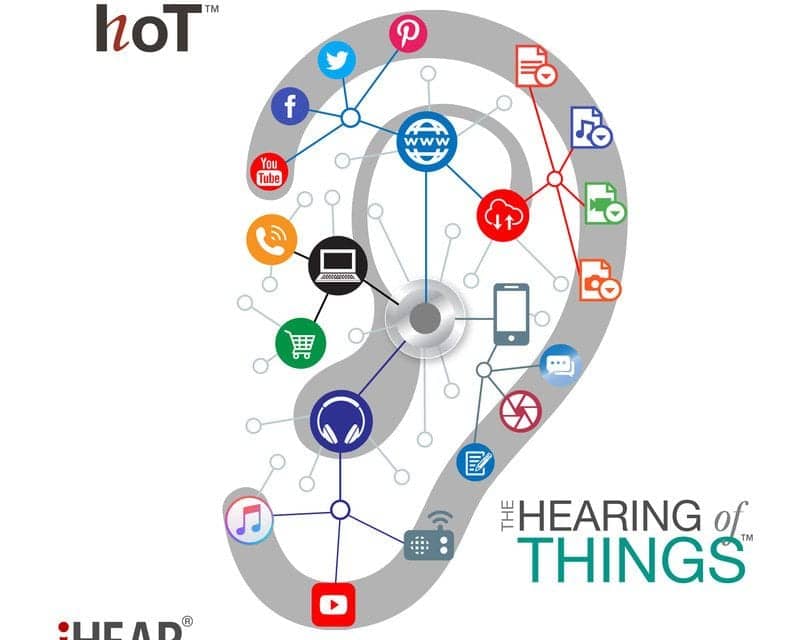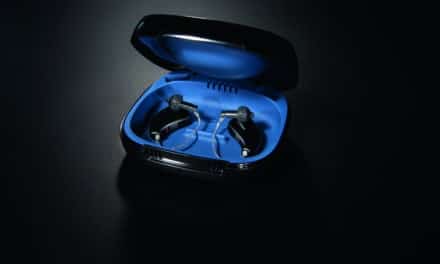iHEAR Medical—a direct-to-consumer and OTC hearing solutions’ company—announced that it has partnered with Atlazo Inc to develop an advanced digital hardware platform to power iHEAR’s next generation of hearing aids and hearables. According to iHEAR’s announcement, the “ultra-low power” System on Chip (SoC) platform will offer machine learning, analytics, connectivity, and integrated power management capabilities that are designed to enable energy efficiency, size reduction, and cost savings. The digital hardware platform is designed to power a new Hearing of Things™ (HoT™) standard offering real-time health tracking, voice commands, and seamless connectivity to other smart devices, including mobile phones and home appliances.
“iHEAR’s technology and IP will expand the hearing aid market and lead the emerging hearables market,” said John Luna, iHEAR COO and a veteran of the hearing industry. “The collaboration with Atlazo and the HoT™ standard will accelerate the growth of the hearables devices market, which is expected to reach $23B by 2023.”
Atlazo Inc will design and manufacture the integrated single-chip hardware.
“We are pleased to join forces with iHEAR Medical to develop intelligent, ultra lower-power SoC solutions for hearing aids and hearables, leveraging iHEAR’s extensive domain experience in hearing health,” said Karim Arabi, founder and CEO of Atlazo. “We see our collaboration with iHEAR as a first step towards entering the broader market of consumer health and fitness to enable connected digital health.”
Atlazo’s fully integrated platform includes mixed-signal SoC and software algorithms for powering the wearable healthcare IoT market. Atlazo reports that its innovations are protected by 12 pending patents, and include integrated power management, ultra low-power computing, integrated low-power connectivity, on-device analytics, and machine learning. For more information on Atlazo, visit: www.atlazo.com
iHEAR Medical reports that The Hearing of Things’ operating system will be designed to shift personal computing and devices from reliance on traditional visual displays to the auditory domain, offering direct communications into the ear. Consumers will be able to selectively listen to and send communications to their social media and text messages using hearing devices instead of their cell phone or computer.
“Consumers will not only benefit from improved hearing in challenging listening situations, but also from more natural interactions with smart devices compared to traditional methods of visual- and touch-based user interfaces,” said Adnan Shennib, founder and CEO of iHEAR Medical.
The new HoT™ standard is designed to offer bi-directional wireless connectivity for everyday devices, from mobile phones to home appliances. Hearing devices powered by HoT™ OS will help streamline the user experience for mobile phone functionality, including phone calling and control of home appliances, with a voice user interface (VUI), according to the company’s announcement. Additionally, HoT™ devices are designed to monitor and relay personal and health information into the ear. iHEAR Medical and Atlazo have 19 pending and issued patents for the HoT™ standard, targeting smart hearing devices, the company reports.
For inquiries on the HoT™ standard and partnership opportunities, visit [email protected]
Source: iHEAR Medical
Image: iHEAR Medical



